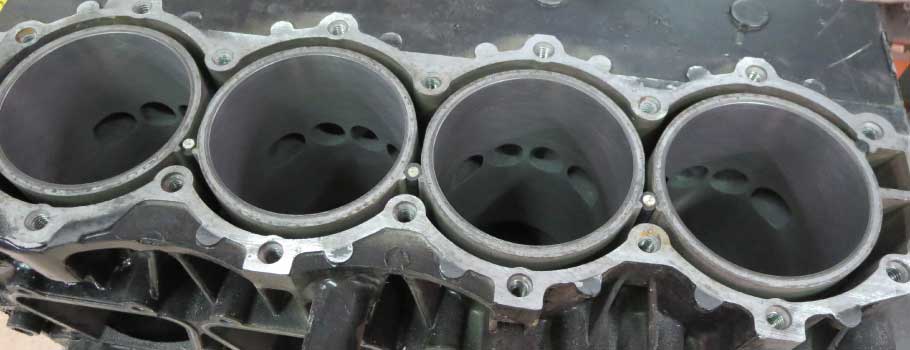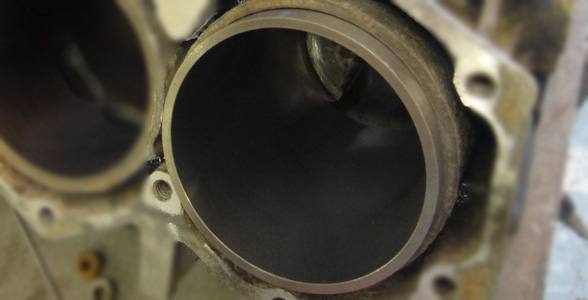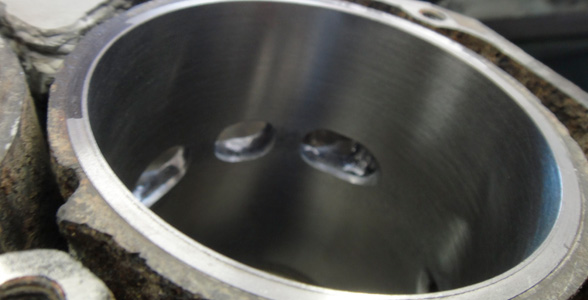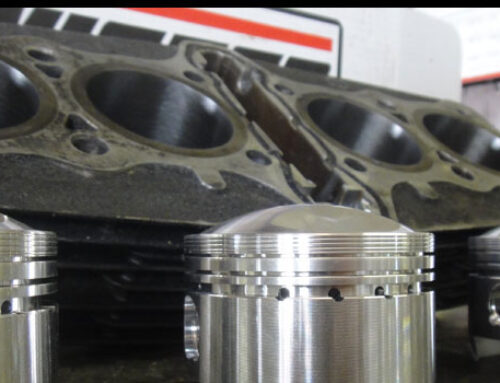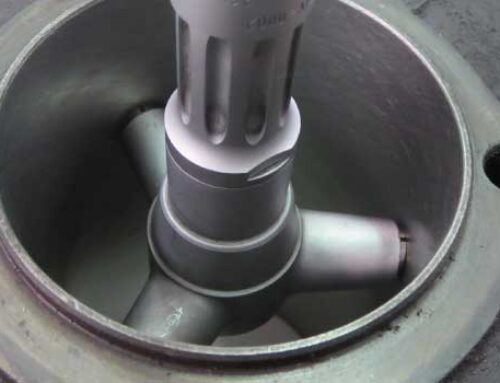So you’ve established that it’s time to restore your engines cylinders. Now the question is should you just bore the cylinder or resleeve it? In the previous article “Choosing what piston and size when reboring a cylinder” we explained how to choose a piston and size when reboring a cylinder. In this article we will be explaining the process of resleeving a cylinder and when it is appropriate to do so.
What is Cylinder Re-Sleeving?
Cylinder resleeving is the process of replacing or adding a cast iron sleeve that is in your engine blocks cylinder hole with a replacement cast iron sleeve from a sleeve and/or manufacturer. Some engine blocks have a cast iron sleeve in an aluminum block, some have no existing sleeve (cylinders are just machined into the block) and some are cast iron sleeves in a cast iron block.
When should you do it?
There are some arguments out there (mainly Tim the Tool Man types) that want to go as large as possible to increase horsepower by adding that extra room inside the cylinder allowing for more fuel and a bigger explosion. In doing this you could potentially get a minimal horsepower gain if you also adjust your fuel flow to the cylinder, run a higher octane fuel and replace the pistons with ones of a higher compression ratio. If maximum horsepower is your goal then you can resleeve with a big bore kit and call it a day.
Usually you want to bore the damaged cylinder to the needed size that removes any scratches or blemishes on the cylinder walls. The size of the end result from that process will determine what size piston you will need. If the available pistons for your engine at that bore size are not available then it is time to resleeve.
The Cylinder Sleeving Process:
- Bore the cylinder to the OD of the sleeve and/or bore out the existing sleeve from the engine block.
- Heat the block up to approximately 600 degrees F.
- Drop or press the sleeve in to the cylinder
*2-stroke note: make sure to align the ports on the sleeve properly.
If not done properly you will probably experience loss of compression and/or horsepower.
Note: Be very careful at this stage in the process because there is really no way of removing the sleeve once it is in place without machining it out and trying again with a new sleeve.
- Mill or surface the top and make sure none of the sleeve protrudes past the top of the cylinder
- Bore the cylinder to size
Conclusion:
The general rule is to resleeve when there are no pistons available larger than your current cylinder size. If you keep your toy long enough this allows you to rebore the cylinders usually many times over before having to resleeve again.

